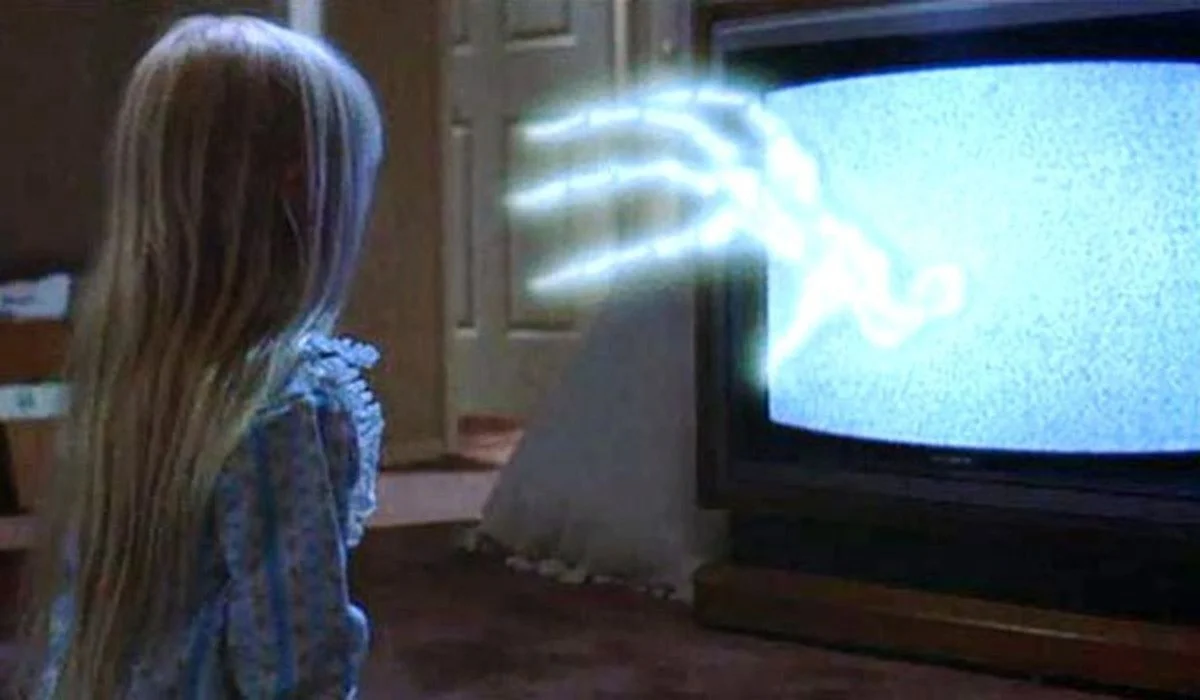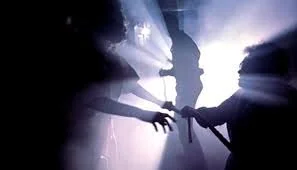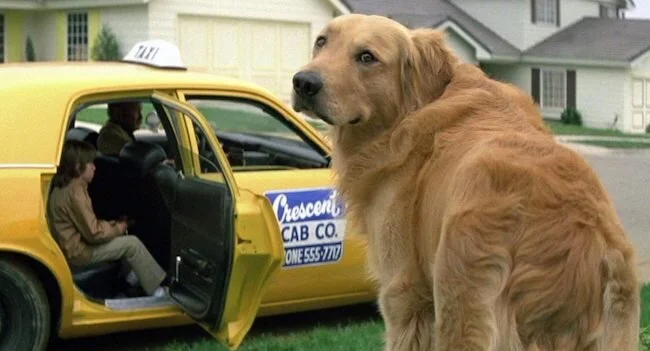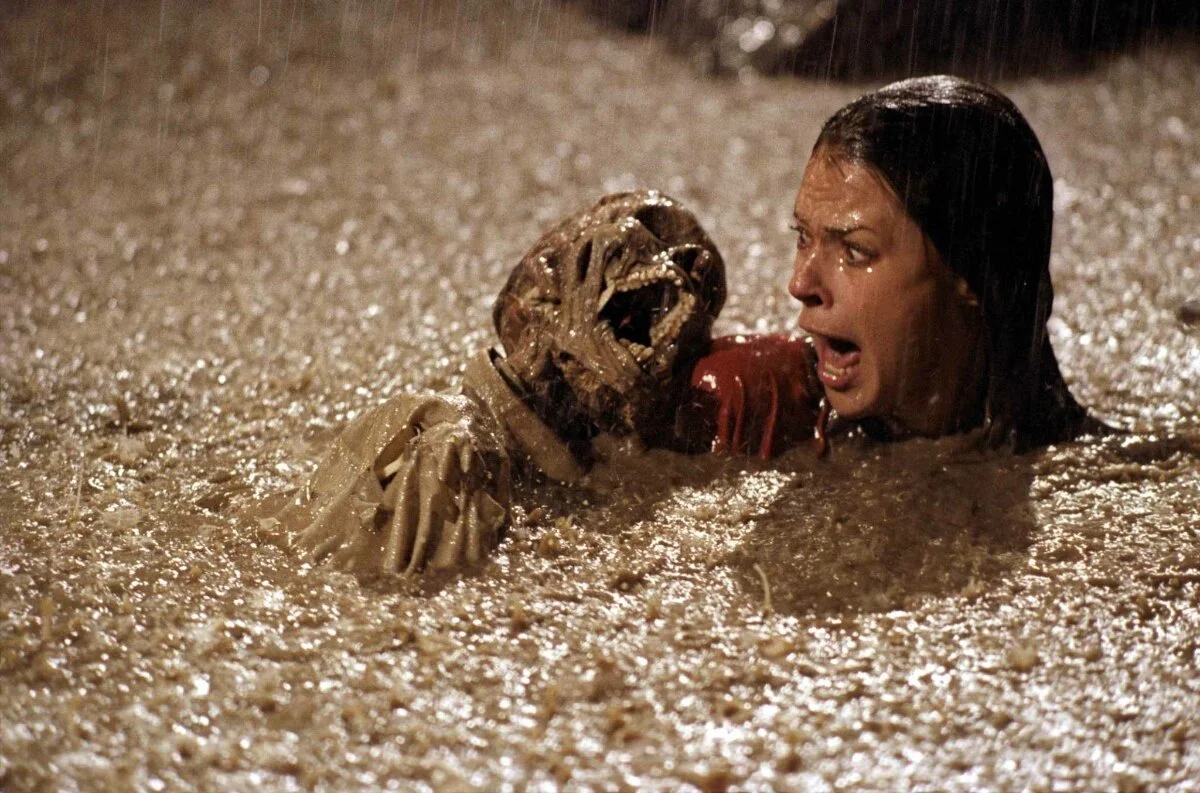Poltergeist: Just when you thought is was safe turn on your TV
A young family finds they have paranormal activity within their home, it’s a poltergeist (meaning noisy spirit in German).
What starts off as something playful soon descends into terror as the children are attacked in their rooms. The daughter, Carol Anne, is taken by the spirits and makes contact via the television – in the film’s most iconic moment – can she be saved and can the family stop themselves being dragged to the afterlife?
What sets Poltergeist apart from most haunted house movies is that it is set in a nice house, in a nice neighbourhood and everything looks normal. There is no Scooby-Doo haunted mansion vibe, no evil eyes like the Amityville house. It could be our house or yours, and that is its power.
We are the Freeling family and that is what Spielberg does best, take an ordinary person or family and put them in an extraordinary situation. Just look at Chief Brody from Jaws, Roy Neary from Close Encounters or David Mann from Duel.
To many Poltergeist was Spielberg’s darkness to E.T.’s light, they both came out in the same month in the US in 1982. He served as writer on this and Producer, although it has oft been mooted he had a closer hand in direction as well, rather than Texas Chainsaw-helmer Tobe Hooper. But that is a whole other blog entry. Hooper's directorial stamp is all over this, but as writer and producer it was never not going to ooze Spielberg.
All horror films should of course be watched with the lights off but Poltergeist loves the darkness, especially when the strobing effects kick-in. Fittingly, it really drags you into the television.
The good thing is that since the advent of 24 hour television, whether that be rolling news or rolling balls around a roulette wheel, you will never again wake up with a Poltergeist television. There’ll never be that snow dancing shadows madly across your walls.
So the original Poltergeist seems more nostalgic and further away than ever. The film starts on that typical Spielberg world of safety and harmony, the suburbs, and actually the first half has plenty of sunny and light moments. Even the Poltergeist activity is initially treated as a joke and something to have fun with, the moving kitchen chairs for instance. Carol Anne states it is the TV people; I certainly never had that problem with Radio Rentals!
But that is what is great about this film, haunted houses don’t have to be scary and there doesn’t have to be fork lighting. Their home could be our home and that is what makes it so effective, and it’s the same with the more recent haunted house films, such as Insidious and The Conjuring.
There are signposts aplenty though, even the remote control cars that cause the man hulking beer to come off his bike in the opening scene are a precursor of things to come with toys coming to life and causing chaos. The dead budgie, Tweetie, even in its coffin cigar box it warns us of the shape of things to come when it is unearthed by a digger for the swimming pool.
There are even clues on the television, in an early scene the old Spencer Tracey film A Guy Named Joe plays on TV, there are already ghosts in the machine as it’s about a man who dies and comes back as a ghost. It was of remade by Spielberg seven years later as Always.
Robbie and Carol Anne’s room is cool, full of Star Wars posters and toys, although I’m not sure about the Alien poster. The film really taps into those childhood terrors of open closets, things under the bed, thunderstorms, clowns and ominous trees tapping on your window. Ten fold, it could also be seen as an extension of a similar scene in Close Encounters when Barry’s toys come to life as aliens – and again some glorious light, a Spielberg staple – envelop the room and also bring toys to life.
A bit like the spirits at the end of Raiders of the Lost Ark, at first they beautiful, the spirit from the television that dances round the room before leaving its ectoplasm all over the bedroom wall is as haunting as it is enchanting.
This is echoed in the sublime score by Jerry Goldsmith, beautiful but creepy, magically dark, especially the haunting dips in sound.
But then the spirits turn with fearful effect. That ruddy tree outside the bedroom window though, the impending thunderstorm marching closer not further away, it still gives palpitations. Then, the tree grabs the son, it’s startling and surreal, but it’s just misdirection so that Carol Anne can be sucked into the closet and to the other side. From here on in as ludicrous as things get, by and large you go with it simply because you are wrapped up in the emotion.
Crucially, it’s the performance from the mum and dad that really ground it and their efforts to do anything to get their daughter back, it’s the little things like her mum, JoBeth Williams, thrilled to be smelling her daughter after a blast of air travels through her and Craig T. Nelson (Patrick Wilson being a great substitute in the very Poltergeist-like Insidious) forced to get angry with Carol Anne to tell her to do as she is told or he’ll be forced to spank her. Amid all this supernatural fantasy is real, heart-wrenching drama about a family with a ‘kidnapped daughter’, it just happens to be by a ghost. They are the emotional core of the film.
And when they finally get Carol Anne back it is less smoke and mirrors and more wind machines and fantastic lights displaced by fish tanks. It’s dizzying, effective and so simple. This rescue is headed up by movie-stealing Zelda Rubinstein, who played Tangina, the spirit guide who pronounces the house is clean; she isn’t in the film half as much as you think she is. It is only for about ten minutes duration, but she leaves a lasting impression on both the family and the audience.
After that rescue the Freelings prepare to move out, of course, it turning out that the whole estate had been built on a graveyard, the headstones had been moved but not the bodies and Carol Anne – a beautiful and natural performance by Heather O’Rourke – was the focus of the spirits as she had been born in the house.
After all that went before, they and we think it is all over, and as they pack and play in their rooms they discover it is not. A great ending to the film, complete with mum being dragged up her bedroom wall and ceiling Fred Astaire style and some unwelcome guests in the unfinished pool, but I don’t buy the family not just leaving, and even if I did I certainly wouldn’t be letting my kids play in the room where one of them went missing and another was attacked by a tree. It was the clown that got him this time.
As the dead explode from the ground in their caskets, to great effect, the Freelings do escape; thankfully complete with dog, E Buzz, by the way is a great dog actor as well with some brilliant expressions. Checking into a motel, this time they aren’t taking any chances and leave the TV outside. It’s a wryly observed ending to a satisfying and emotionally exhausting tour de force of emotions and effects.
For such a film it is unique in that - spoiler alert - nobody dies. Sadly, it wasn't the case behind the scenes, as after filming had completed actress Dominique Dunne (who plays Carol Anne's sister) was murdered by her boyfriend. And so - wrongly - the rumour of the Poltergeist curse was born, with a key actor dying after the production of each film. No curse, just very sad, even if the rumour of really skeletons being used in the pool scenes has fuelled it further.
Months before the film was released, Spielberg even described the film as being akin to Jaws on dry land. He said: “It’s sort of a Land Jaws for me...It’s really a movie about a haunting in suburbia. The great similarity (to Jaws) is that terror is relentless, and the terror is unseen in both movies (until the end).”
And the similarities don't end there, you've got the property developer who secretly built house on graves to save money who practically channels his inner Mayor Vaughn, the cover up like that of the shark. The "You only moved the headstones" scene akin to the you yell shark or billboard scene in Jaws.
Like Jaws, there is also a Steven Spielberg cameo. In Jaws, he is the voice over the radio talking to Quint on Orca saying that Mrs Brody is on the line, in Poltergeist he's more hands on. Literally. Remember the scene with the paranormal investigator ripping flesh off his own face in the mirror? Those hands doing the ripping were Spielberg's.
Like in many Spielberg films we also get the 'God light' effect, seen in Jaws when Hooper and Brody are checking out Ben Gardner's boat and vividly realised in Poltergeist with the dancing lights of 'the other side'.
We also have a shark reference. Diane (JoBeth Williams) tells Carol Anne that if she keeps over feeding the goldfish they'll turn into sharks.
And finally, and perhaps surprisingly, the films were rated as PG in the US.
Check out more Jaws cast and crew related horror films here: Amity Horror Jaws Horror Alumni
By Dean Newman
If you would like to contribute a guest blog, please visit our ‘work with us’ page






